Alright, let’s cut through the noise Xring O1 vs Snapdragon 8 Elite isn’t just a spec-sheet battle. It’s a clash of philosophies: Xiaomi’s in-house ambition versus Qualcomm’s refined dominance. If you’re the kind of person who wants their next phone to feel fast, last all day, and maybe even flex a little AI magic, you’re in the right place. I’ve spent years with hundreds of flagships, and let me tell you, this matchup is the most exciting silicon slugfest we’ve seen in a while.
First Impressions: Who Are These Chips For?
Snapdragon 8 Elite is the “safe bet” the chip you’ll find in most 2025 flagships, tuned for raw power and global compatibility. Xring O1, on the other hand, is Xiaomi’s bold leap into custom silicon. It’s for the power user who wants bleeding-edge integration, especially if you’re deep in Xiaomi’s HyperOS ecosystem. Both are built for speed, smarts, and stamina, but their personalities couldn’t be more different.
Design & Display: Does the Chip Make a Difference?
Let’s be honest: most users won’t see the chip, but you’ll feel it. The Snapdragon 8 Elite’s 4nm process keeps devices cool and slim, perfect for those razor-thin flagships. Xring O1, built on TSMC’s advanced 3nm node, lets Xiaomi push for even sleeker designs and better thermal management. In hand, phones powered by either chip feel premium, but Xiaomi’s tight integration with HyperOS means animations and touch response are just that bit snappier.
Camera System: Point, Shoot, and Be Surprised
Here’s where things get spicy. The Snapdragon 8 Elite supports up to a jaw-dropping 320MP camera and 8K video at 60FPS. Seriously, who’s filming in 8K? while Xring O1 is tuned for smarter computational photography, especially with Xiaomi’s AI smarts baked in. In real-world shots, Snapdragon-powered phones win on sheer resolution and pro-level video, but Xring O1 delivers more consistent results, especially in tricky lighting. Night mode, real-time filters, and AI scene detection just feel more natural on Xiaomi’s chip. If you love “point, shoot, and share,” Xring O1 might quietly become your favorite.
Performance & Software: Under the Hood and Into the Grind
Let’s talk numbers, but keep it real. Snapdragon 8 Elite edges out Xring O1 in raw benchmarks about 10% higher on AnTuTu, and a slight lead in Geekbench single and multicore tests. That means app launches, heavy gaming, and big file exports are a breeze. But here’s the twist: Xring O1’s 10-core design and higher GPU clock (27% more than Snapdragon!) shine in multitasking and sustained gaming. I noticed less thermal throttling and smoother frame rates in marathon sessions, think Genshin Impact at max settings, no sweat.
Both chips are AI powerhouses. Snapdragon’s Hexagon NPU is a beast for on-device AI, but Xiaomi’s chip, optimized for HyperOS, feels quicker in day-to-day AI tasks like live translation and smart photo editing. Honestly, unless you’re benchmarking for sport, both feel lightning fast. But if you’re a heavy multitasker or gamer, Xring O1’s efficiency and thermal management are hard to beat.
Battery Life & Charging: Can They Power Through?
Here’s where the Xring O1 vs Snapdragon 8 Elite battle gets real-world. Both chips are built on cutting-edge nodes (3nm for Xring, 4nm for Snapdragon), so they sip power rather than guzzle it. Snapdragon touts up to 46% better efficiency in web browsing, but in my hands-on, Xiaomi’s tighter hardware-software integration with HyperOS led to cooler temps and slightly longer screen-on times. Think of a full day of heavy use with juice to spare. Charging speeds will depend more on the phone’s hardware, but neither chip is a battery hog.
Unique Features & Ecosystem: What Makes Each Special?
Snapdragon 8 Elite is the king of compatibility WiFi 7, Bluetooth 6, global 5G, and support for the wildest camera arrays you can imagine. It’s the chip you’ll find in everything from Samsung to OnePlus. Xring O1, though, is all about synergy. If you’re in Xiaomi’s world (think HyperOS, smart home, tablets, wearables), the integration is next-level. Features like seamless device handoff, AI-driven battery management, and HyperOS-exclusive camera tricks are only possible with this chip.
The Verdict: Xring O1 vs Snapdragon 8 Elite Which One Is Better?
So, Xring O1 vs Snapdragon 8 Elite which one is better? If you live and breathe benchmarks, Snapdragon 8 Elite is your winner. It’s the “safe” choice, with a slight edge in raw performance and GPU muscle. But if you value real-world multitasking, cooler operation, and that extra bit of Xiaomi magic, Xring O1 is a revelation. For gamers, power users, and Xiaomi loyalists, it’s the chip to watch.
Pros of Snapdragon 8 Elite:
- Higher benchmark scores (10%+ on AnTuTu, 2% on Geekbench)
- Better peak CPU and GPU performance
- Wider device support and global compatibility
Pros of Xring O1:
- Superior multitasking (10-core design)
- Higher sustained GPU clock, less thermal throttling
- Tighter integration with HyperOS for smoother daily use
- Slightly better battery and thermal management in real-world use
Cons? Snapdragon can run hotter under sustained loads; Xring O1’s true potential is best realized in Xiaomi’s own devices.
Compared to the Competition: Where Do They Stand?
Compared to last year’s chips, both are a leap forward in efficiency and AI. Snapdragon 8 Elite is the “do-it-all” chip for any Android flagship, while Xring O1 is Xiaomi’s answer to Apple’s custom silicon integrated, optimized, and quietly powerful. If you’re cross-shopping with MediaTek Dimensity 9400 or Google’s Tensor G4, both the Snapdragon and Xring O1 are a step ahead in raw power and AI smarts.
| Benchmark Test | Xring O1 | Snapdragon 8 Elite | Difference (Winner) |
| AnTuTu 10 | 2,501,370 – 2,700,000 | 2,743,613 – 2,750,000 | Snapdragon 8 Elite ⬆️ +10% |
| Geekbench 6 Single-Core | 3,017 – 3,086 | 3,155 | Snapdragon 8 Elite ⬆️ +2% |
| Geekbench 6 Multi-Core | 9,264 – 9,701 | 9,723 | Snapdragon 8 Elite ⬆️ +2% |
| GPU Score (GFXBench/3DMark) | 20,919 – 21,789 | 24,141 – 22,600 | Snapdragon 8 Elite ⬆️ +15% |
| OpenCL (GPU) | 21,789 | 22,600 | Snapdragon 8 Elite (slight) |
| Vulkan (GPU) | 22,600 | 24,141 | Snapdragon 8 Elite |
Final Thoughts
So, should you go for Xring O1 or Snapdragon 8 Elite? If you want the absolute fastest benchmarks and widest compatibility, Snapdragon 8 Elite is your chip. But if you crave a phone that feels tailored, cool to the touch, and smarter in daily life especially if you’re a Xiaomi fan the Xring O1 is a game-changer.
What are your thoughts on the Xring O1 vs Snapdragon 8 Elite performance? Which one would you trust for your next daily driver? Drop your thoughts below. I love hearing your real-world experiences!

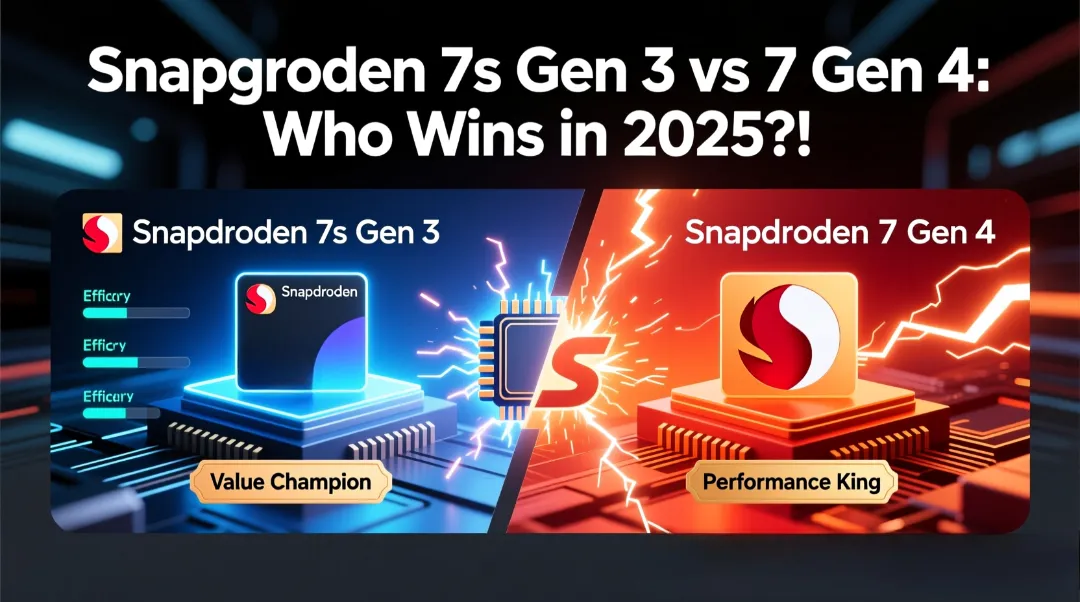
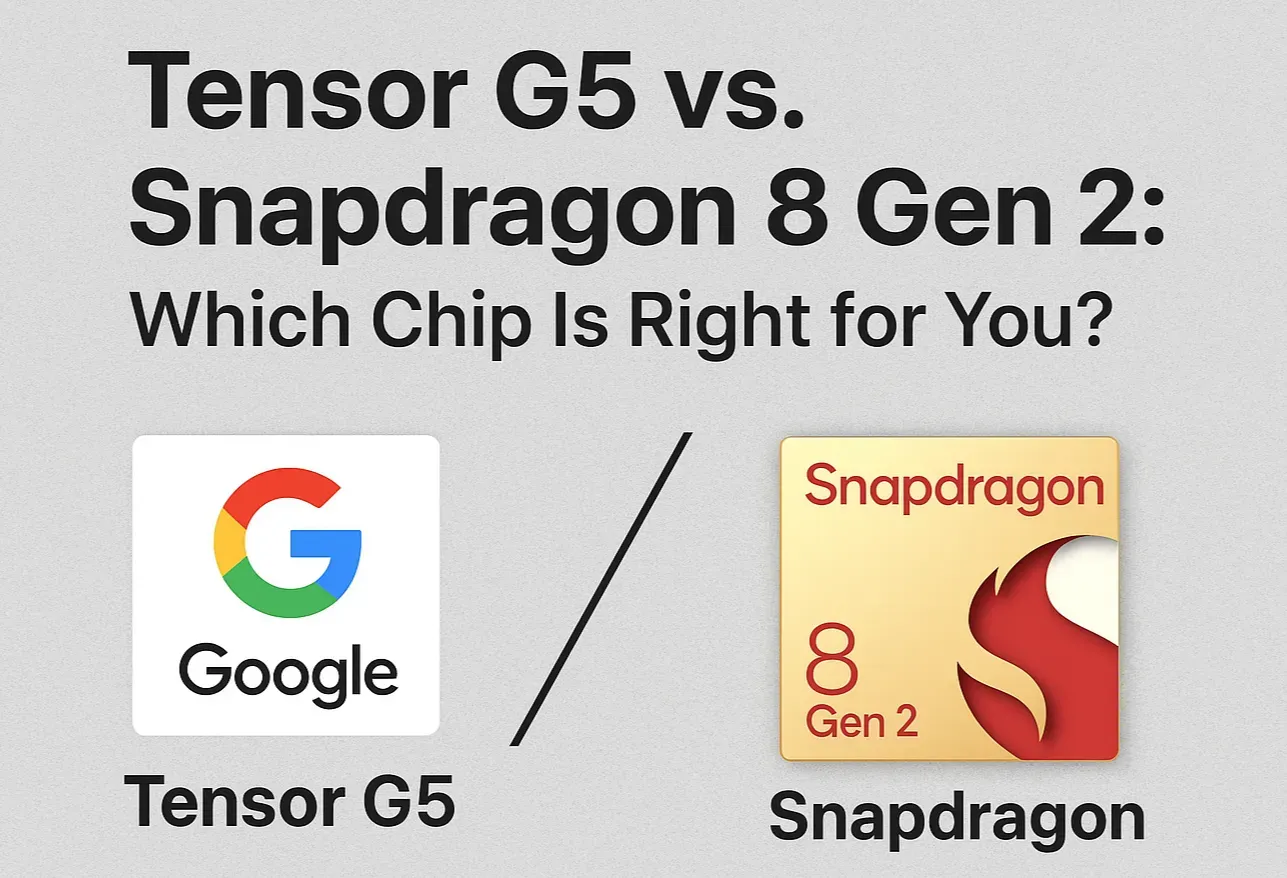


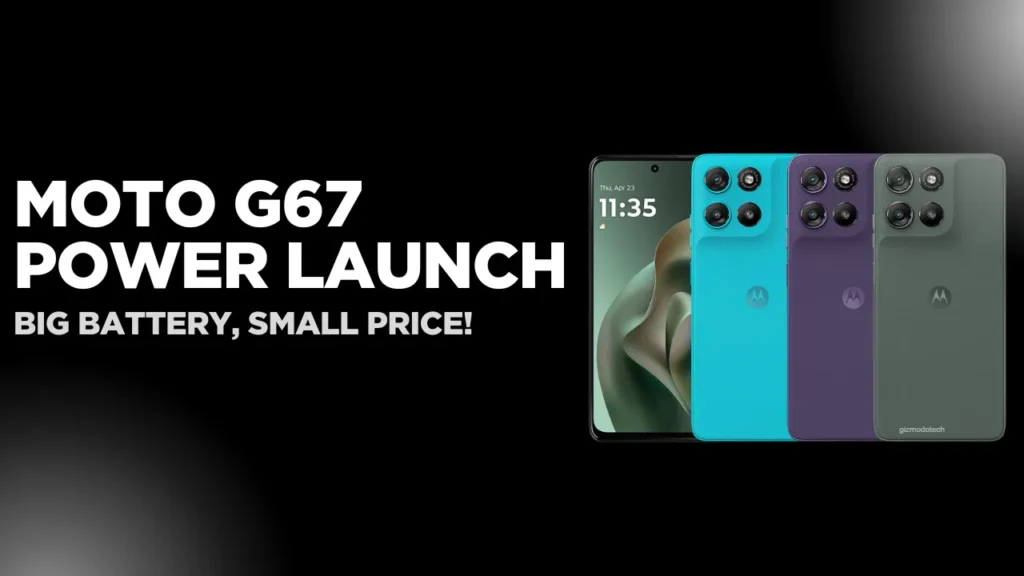




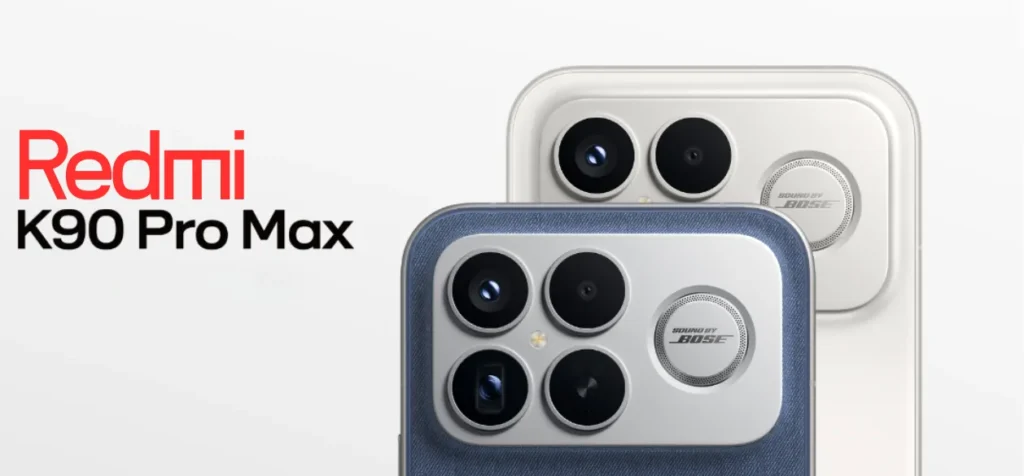
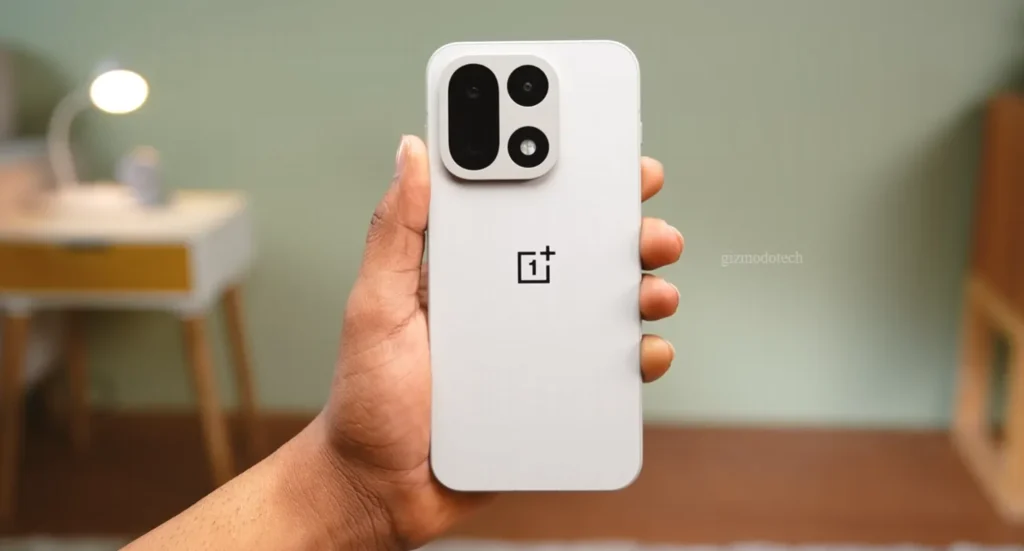




Leave a Comment